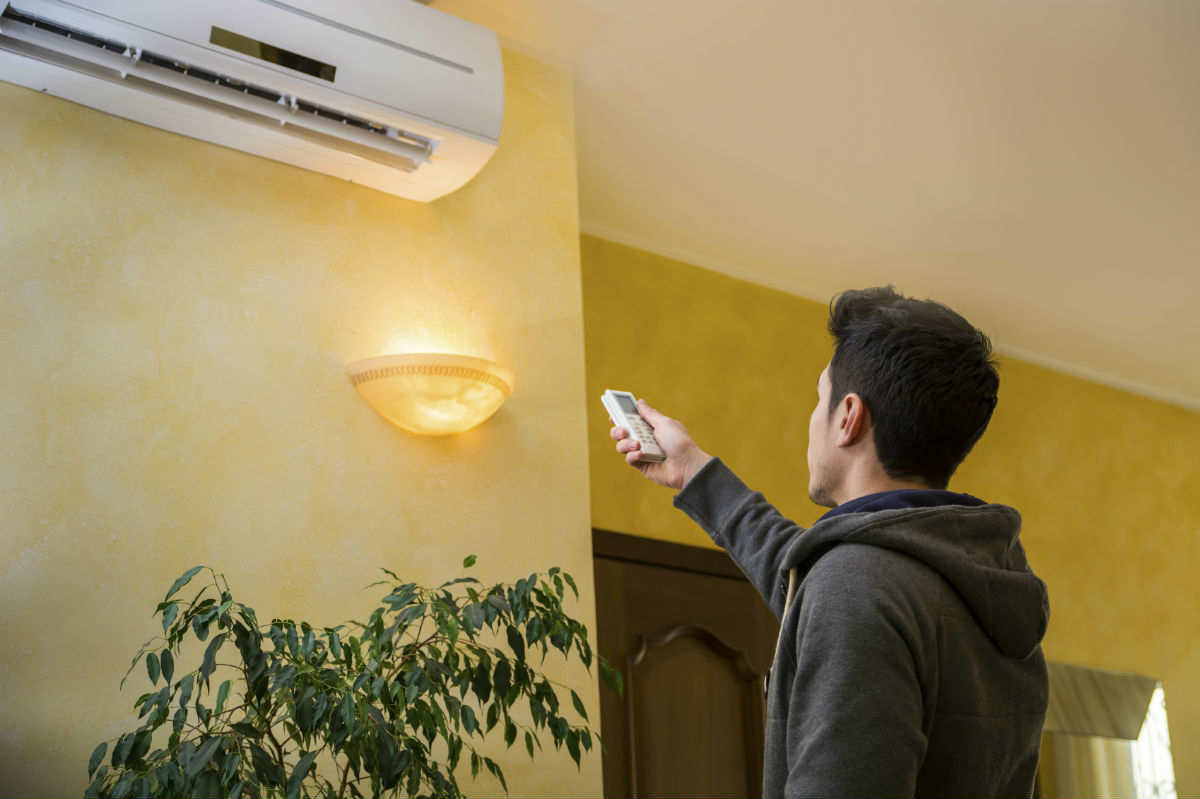April 15, 2016

Learn about basic HVAC equipment to better understand how your HVAC system works.
Are you familiar with the different types of HVAC equipment that make air conditioning and heating possible? Here is some information on basic HVAC equipment and their functions to help you better understand how your HVAC system operates.
Coils
There are two types of coils – evaporator coils and condenser coils. The condenser coil facilitates heat exchange and condenses hot refrigerant gas. It then releases the refrigerant back into the evaporator coil, turning the air into cold air. The cooled air is then blown through the house’s ductwork.
Ductwork
Ductwork is normally made of aluminum and is placed within the ceiling. Ductwork is responsible for distributing air to different rooms in the house.
Furnace
The furnace is the HVAC system’s heat supplier and sends heat to all ducts in the home. There are two types of furnaces – single-stage and two-stage furnaces. A single-stage furnace features an on and off function and a two-stage furnace operates through the thermostat. A two-stage furnace is more efficient because it switches itself off when the desired temperature is reached.
Thermostat
The thermostat controls the furnace by sensing the temperature and alerting the furnace. A thermostat can be either manual or programmable. Programmable thermostats help save energy and money as it allows a homeowner to set different temperatures for different times of the day.
Vents
Vents are openings through which the air from the ducts are released to the rooms. Both cold and hot air can pass through these vents. Some vents are also referred to as supply registers, which bring in cold and warm air and return vents, which return the air.
Air Handler
The air handler is a metal box that is used for both cooling and heating. The air handler consists of a blower that sends air through the home and an evaporator coil. It is one of the most important parts of an HVAC system.
Refrigerant Lines
Refrigerant lines are the metal tubes through which the refrigerant runs to the evaporator coils. The condensing unit vaporizes the liquid refrigerant into a gas, which then goes to the evaporator coil as a liquid.
Heat Exchanger
When the thermostat activates the furnace, the heat exchanger switches on and cool air enters the heat exchanger, which then pulls the air through the rooms, heated and distributed.
It is important to maintain your HVAC system to keep it in good working condition. If you think your HVAC system is not performing efficiently, call a St. Louis HVAC technician from Scott-Lee Heating Company at (314) 200-0788.
